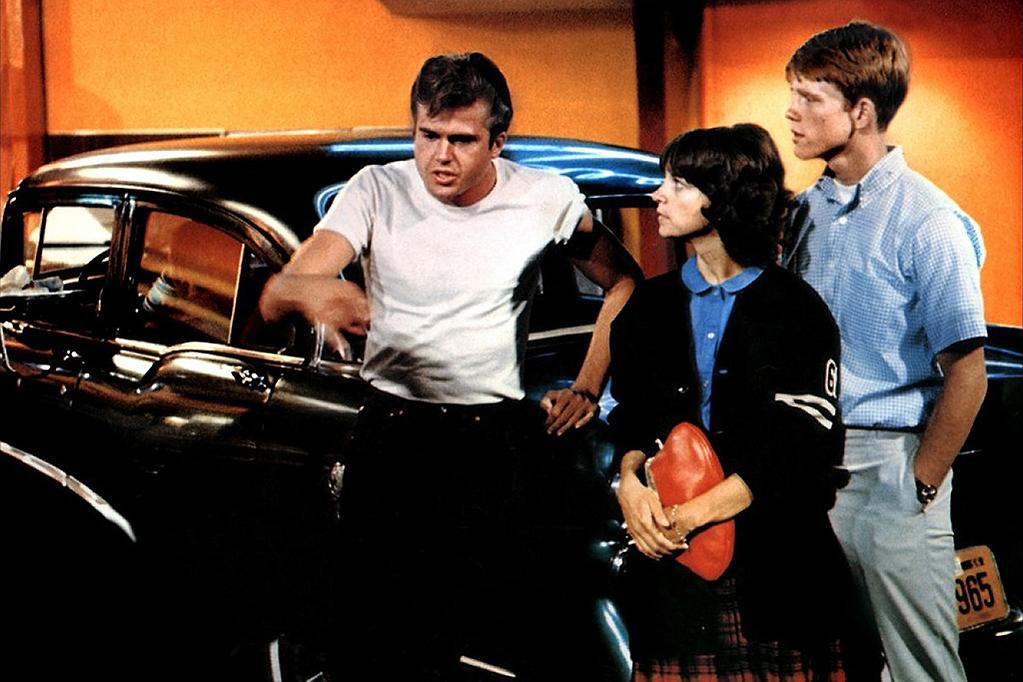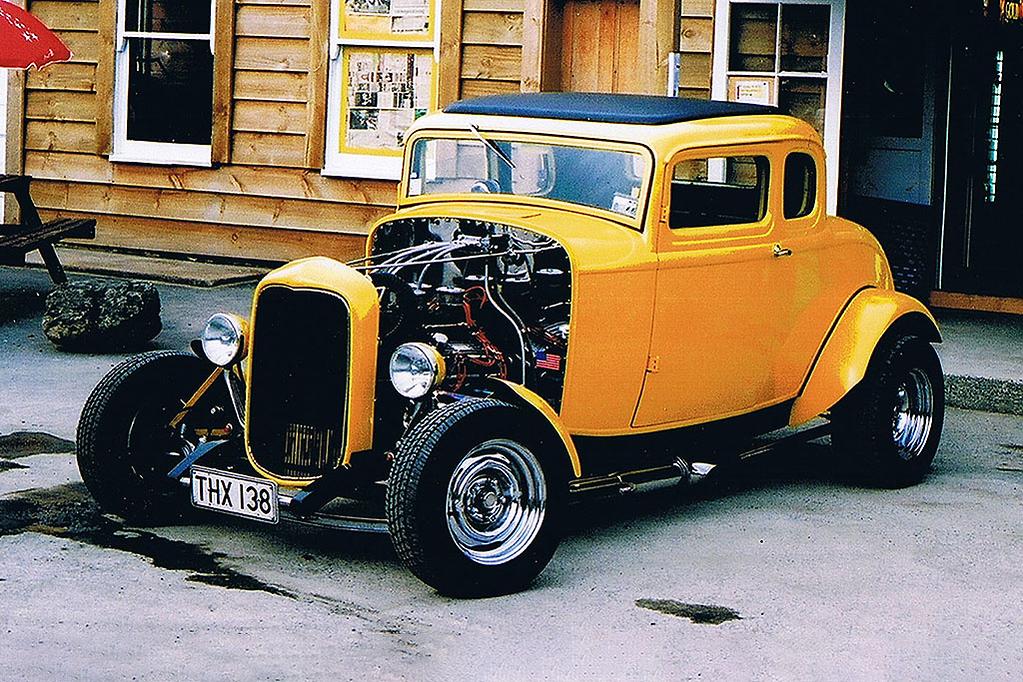OK, that’s a big call, but by 1973 when George Lucas’ now-famous car-perve social commentary hit cinema screens, older cars surviving in the film’s homeland were in trouble.
American Graffiti was more documentary than drama. It sought to revive memories that, in terms of time, weren’t all that old. However, in the context of all that had happened to the world in general and USA in particular over 1962-1973, the film could have been depicting life on another planet.
Predating Lucas’ mega-budget Star Wars movie by just three years, Graffiti was a film intended to look like it cost nothing to make (the budget was indeed less than $800,000) and didn’t ask the viewer to suspend disbelief on any level. Quite likely, it was also the film that helped America start liking itself again.
Nostalgia was never going to heal the wounds of war, racial tension or political assassination. But telling people who still clearly remembered 1962 that it might well have been the best year of their lives would lead them on that journey.
The film plays out as closely as possible in real time as our viewpoint switches from one car to the next. Along the way we experience the crush of a stereotypical burger bar before zooming into the lonely studio of a late-night airwaves legend.
Indirectly, the film would inspire Happy Days; the television series that made Graffiti actor Ron Howard a major star before almost drowning in its own schmaltz.

American Graffiti didn’t fall for that trap. Lucas gave us slices of other people’s lives without ever becoming occupied with sentimental detail.
Against a backdrop of the human actors’ evening, cars were very much the stars and whoever managed to wrangle enough 1930s-60s classic metal to fill the streets of a mid-size Californian town must have called in favours from every corner of the old car world.
Peer down every alley, check the shapes sitting at every traffic light and the diligence of producer Francis Ford Coppola is extraordinary. A few anachronisms have been found, but they will only concern the most pedantic.
If a flaw does exist within the many sequences involving cars it would be the sheer quality of the passing parade. Unless deliberately drab like the purposeful street racers, every car is a show-quality stunner which must have sparked some pangs of audience envy.
By 1974, when American Graffiti had been seen throughout the USA, cars like the ones on-screen were rarely sighted away from the show scene and those designated ‘gas guzzlers’ were increasingly being fed into car crushing plants.
Fuel shortages had become a way of life and the hated 55mph US speed limit was in force. Even the enthusiast motoring press warned of impending doom, but luckily some enthusiasts did respond to the lure of nostalgia and headed into the desert to collar whatever 1950s beauties might survive in arid wrecking yards.

It worked too, because 50 years after American Graffiti was made, cars like those that would have cruised the streets of Modesto California on a warm night in 1962 have not merely survived but become revered.
Anyone who views the film today will still be engaged by its pulsating visuals and extraordinary soundtrack, but most won’t realise how significant a social document it has become.
At least not unless they come from that generation of Americans who were the first to graduate knowing that their own set of ‘wheels’ was sitting outside in the high school carpark.

